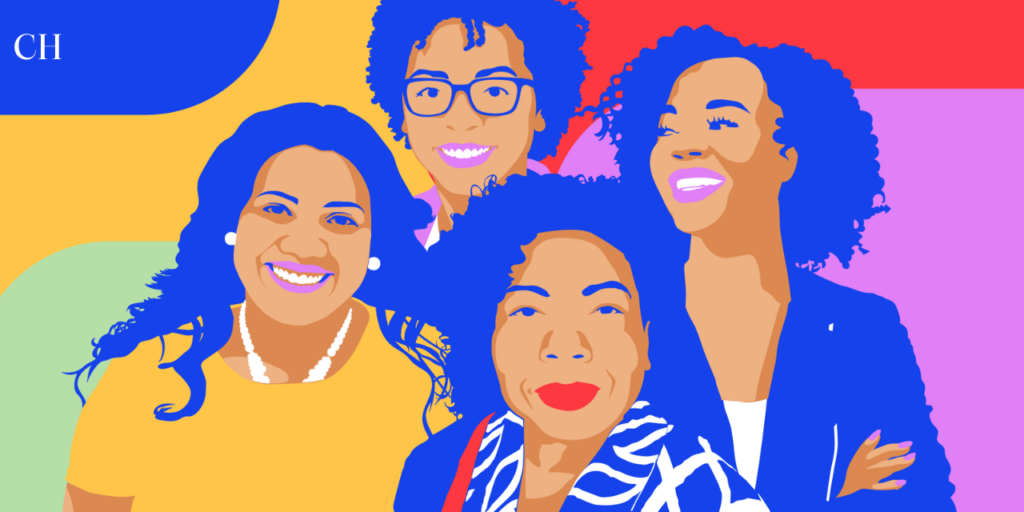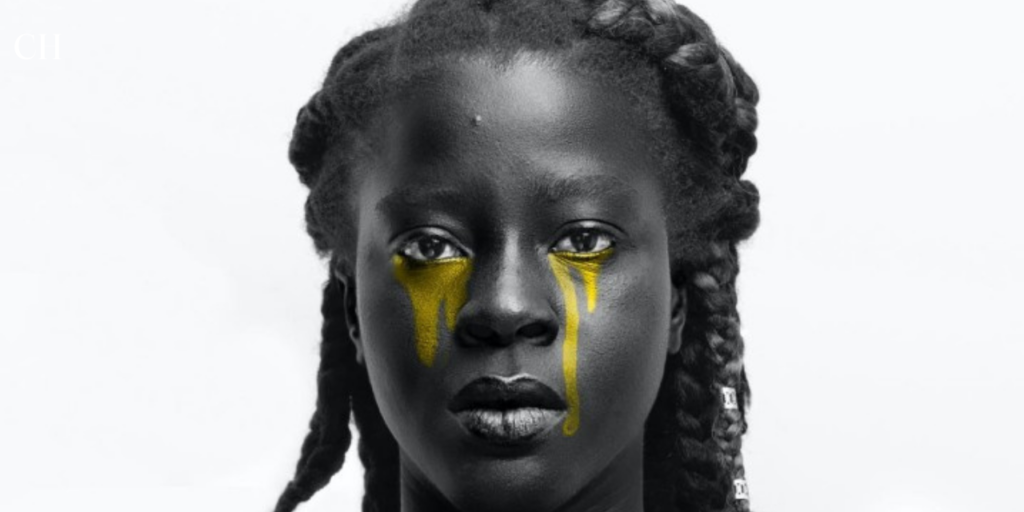
Colorism, a type of prejudice or discrimination in which people are treated differently depending on the social meanings associated with skin color, is a widespread and persistent problem that affects people of color in a variety of societies. Colorism displays itself disproportionately in the Black community, affecting Black women in particular. This essay investigates the origins and maintenance of colorism, as well as its special impact on Black women and its social, economic, and psychological consequences. It also looks at how media and cultural organizations reinforce racist views and emphasizes initiatives to resist this type of discrimination.
Historical Context of Colorism
Colorism has strong historical origins that go back to colonization and the transatlantic slave trade. European colonizers built a racial hierarchy in which lighter-skinned people rose to the top. During slavery in the United States, lighter-skinned Black people, often the children of enslaved women and their white masters, received preferential treatment. They were more likely to work as housekeepers than in the fields, contributing to the idea that pale complexion is connected with better rank and privilege.
According to Harvard Business Review The term “colorism” is believed to have been coined by novelist Alice Walker in 1982. It refers not only to the preference for lighter skin between different racial and ethnic communities, but also within those communities. Colorism is an enduring vestige of colonialism and white dominance around the globe and disproportionately harms women of color.
Colorism’s impact persisted after freedom, with lighter-skinned Black people often having better access to school and employment. The “paper bag test,” a discriminating practice adopted by several Black social organizations in the early twentieth century, barred anyone with darker skin than a brown paper bag. Such tactics instilled a chromatic attitude within the Black population.
The Intersection of Colorism and Sexism
Colorism and sexism overlap for Black women, resulting in a unique set of issues. Societal beauty standards, mainly influenced by Eurocentric values, frequently favor lighter complexion and more European features. This choice has an impact on Black women’s lives in a variety of ways, including personal relationships and career prospects.
Beauty Standards and Self-Esteem
The beauty and fashion industries demonstrate a widespread predilection for lighter skin tones. Lighter-skinned models and celebrities are more visible and celebrated, reinforcing the notion that lighter skin is more desirable. This bias can have a severe impact on the self-esteem and body image of darker-skinned Black women, resulting to internalized colorism, which makes them feel less attractive or appreciated.
Media Representation
Media depiction influences cultural ideas of beauty and worth. Historically, Black women with lighter skin have been more frequently cast in prominent parts in films, television shows, and commercials. This imbalance not only limits the portrayal of darker-skinned Black women, but it also reinforces the stereotype that light skin is more desirable and acceptable in popular culture.
Social and Economic Impact
Colorism has substantial social and economic implications. Studies have demonstrated that lighter-skinned Black people are frequently given preferential consideration in employment and promotion decisions. This bias extends to other sectors, such as education, where professors may have differing expectations for students based on their skin tone, influencing their academic performance and chances.
Colorism can have an impact on personal relationships, such as dating and marriage. Some men, even Black men, may prefer lighter-skinned women, creating negative stereotypes and divisions within the community. This dynamic can damage relationships and prolong a cycle of discrimination and self-doubt for women with darker complexion.
Psychological Impact
Colorism has had a tremendous psychological influence on Black women. Constantly encountering bias based on skin tone can result in a variety of mental health problems, including anxiety, despair, and low self-esteem. Internalizing unfavorable stereotypes about dark complexion can lead to feelings of alienation from both society as a whole and one’s local community.
Internalized colorism is the acceptance and adoption of colorist ideologies by members of the oppressed community. For Black women, this can show in a variety of ways, such as the usage of skin-lightening products or a desire to produce children with lighter complexion in the hopes of making their lives easier. The beauty industry takes advantage of these concerns, advertising products and treatments that promise lighter skin, often with little regard for the associated health hazards.
The Role of Media and Cultural Institutions
Colorism is largely perpetuated by the media and cultural institutions. The prevalence of Eurocentric beauty standards in fashion magazines, television shows, and films perpetuates the notion that lighter skin is more appealing and desired. However, there has been considerable progress in recent years, with movements advocating for increased diversity and representation in the media.
Hollywood has a history of placing lighter-skinned Black actresses in main roles, while darker-skinned actresses are frequently consigned to stereotypical or minor roles. This trend fosters the notion that lighter skin is more marketable and acceptable to a wider audience. However, there are signs of progress, with more films and television series including diverse casts, including darker-skinned women in prominent parts.
The music industry likewise reflects colorist sentiments, with lighter-skinned Black women frequently receiving more visibility and promotion than their darker-skinned peers. This tendency is visible in the casting of models for music videos, as well as the marketing and promotion of female performers. Challenging these conventions necessitates a concerted effort by industry leaders to prioritize diversity and inclusion.
Combating Colorism
Combating colorism requires a multifaceted approach that addresses both the individual and systemic levels. Education and awareness are essential for combating colorist stereotypes and encouraging self-acceptance among Black women.
Community organizations and grassroots movements play an important role in eliminating colorism. Workshops, panel discussions, and social media campaigns can help increase awareness about the negative effects of colorism and promote a more inclusive concept of beauty. These activities can help individuals question their own biases and support one another in creating a more inclusive community.
Increased portrayal of darker-skinned Black women in media and popular culture is critical. This entails not only casting diverse actors and models, but also producing material that highlights the beauty and accomplishments of darker-skinned women. Media creators and influencers are responsible for challenging colorist conventions and promoting positive portrayal.
Conclusion
Colorism is still a major issue that disproportionately impacts Black women, effecting their self-esteem, social standing, and economic possibilities. Colorist views are still perpetuated by the legacies of colonialism and slavery, as well as Eurocentric beauty standards. However, with increasing knowledge, community efforts, and institutional change, colorism can be combated and a more inclusive and equitable society promoted. Black women, in particular, need to be appreciated and cherished for their distinct beauty and accomplishments, free of the limits imposed by skin color discrimination.


